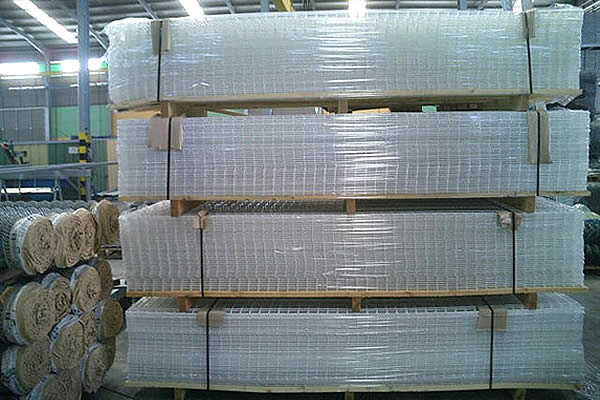 TEL:
+86-13102802206
TEL:
+86-13102802206
 Email:
fencenetting@china.com
Email:
fencenetting@china.com
 Language
Language
 TEL:
+86-13102802206
TEL:
+86-13102802206
 Email:
fencenetting@china.com
Email:
fencenetting@china.com
 Language
Language


Understanding Gabion Blocks A Versatile Solution for Modern Construction
Gabion blocks, often referred to in the construction industry simply as gabions, have gained significant popularity due to their durability, versatility, and eco-friendliness. These wire mesh cages are typically filled with rocks or other materials and are utilized in various applications such as erosion control, retaining walls, and landscape design. Their effective use can be seen across a range of projects, from major civil engineering works to small garden designs.
At their core, gabion blocks are essentially wire mesh containers that can be filled with natural stones, concrete, or other materials. The idea dates back hundreds of years, with their use in ancient fortifications. However, modern gabions have evolved in both design and application. Typically, they are constructed from galvanized or PVC-coated wire, which provides resistance against rust and corrosion. This makes them an ideal choice for outdoor applications where exposure to the elements is a constant factor.
One of the primary advantages of gabion blocks is their ability to control erosion. As natural barriers, they can effectively stabilize soil and prevent the washing away of land during heavy rain or flooding. By controlling water flow and redirecting it, gabions can help maintain the integrity of landscapes and reduce sedimentation in waterways. This is particularly beneficial in agricultural areas, where soil health is critical, and in urban settings, where unchecked erosion can lead to severe infrastructure damage.
In addition to erosion control, gabion blocks are often used in the construction of retaining walls
. Their modular nature allows for easy stacking and arranging, which can be tailored to the specific needs of a project. Unlike traditional concrete walls, gabions provide flexibility in design, allowing for the creation of aesthetically pleasing structures that can blend seamlessly with their surroundings. The porous nature of gabion walls also permits drainage, reducing hydrostatic pressure behind the wall, and consequently minimizing the risk of structural damage.
Aesthetics are not the only appealing aspect of gabions. The materials used to fill gabion blocks can be sourced locally, making them a sustainable choice for construction. This characteristic can drastically reduce transportation costs and the carbon footprint associated with conventional building materials. Moreover, gabion structures can be designed to promote biodiversity. Particularly in landscape design, they can serve as habitats for various wildlife, thus enhancing the ecological value of a site.
Gabion blocks are not confined to large-scale projects; their utility can also be seen in smaller applications. For instance, they can be used to create garden borders, planters, or even decorative features in public parks. Their versatility allows for creative landscaping solutions that are both functional and visually appealing. The rough, natural look of gabion walls can complement plant life and enhance the beauty of outdoor spaces.
Furthermore, the installation of gabion blocks is relatively straightforward, requiring minimal tools and skills compared to other construction methods. This ease of use makes them an attractive option for DIY enthusiasts and professionals alike.
In conclusion, the growing popularity of gabion blocks can be attributed to their multiple benefits. From practical applications in erosion control and land stabilization to their potential for aesthetic enhancement in landscaping, gabions stand out as a forward-thinking solution in modern construction. As we continue embracing sustainable practices and innovative design, gabion blocks will undoubtedly play a significant role in shaping our built environment for the better. Whether in major infrastructure projects or personalized gardens, gabion blocks represent a blend of functional engineering and natural beauty.